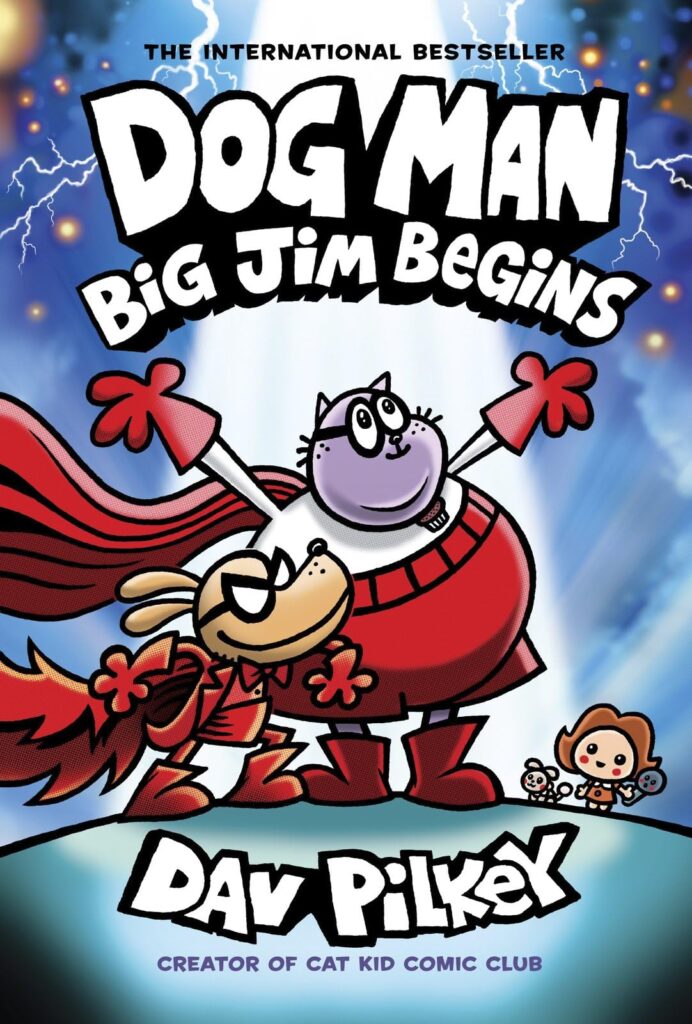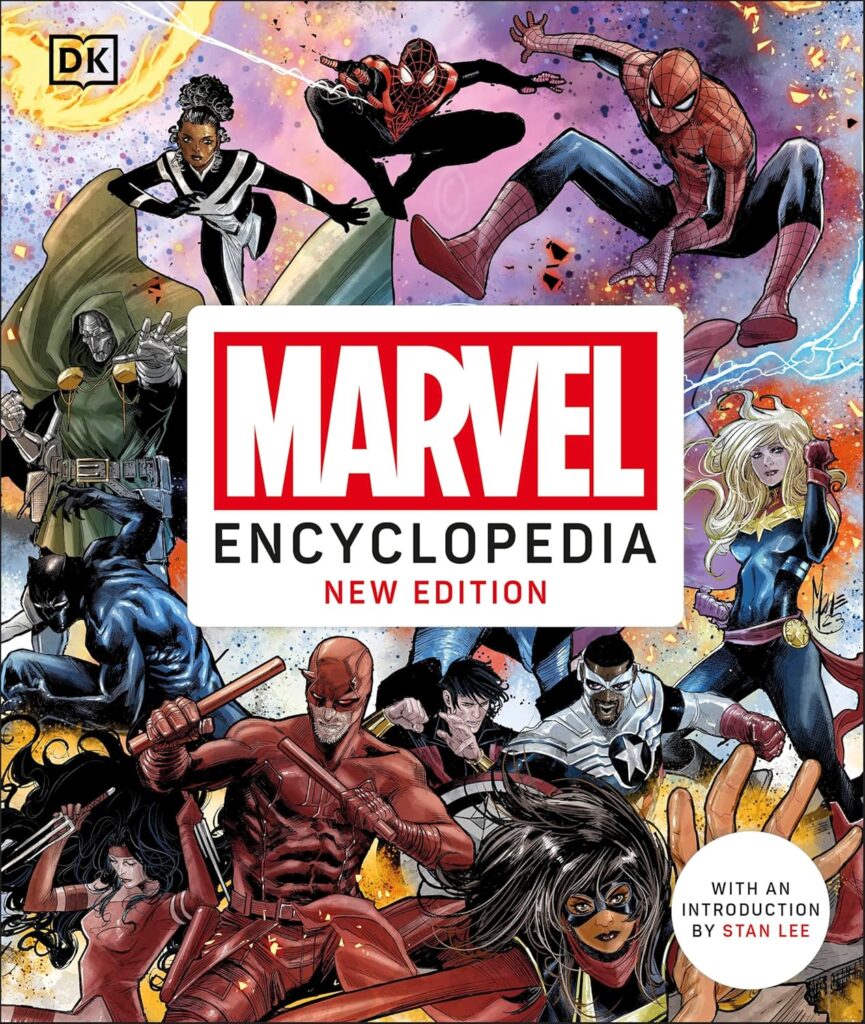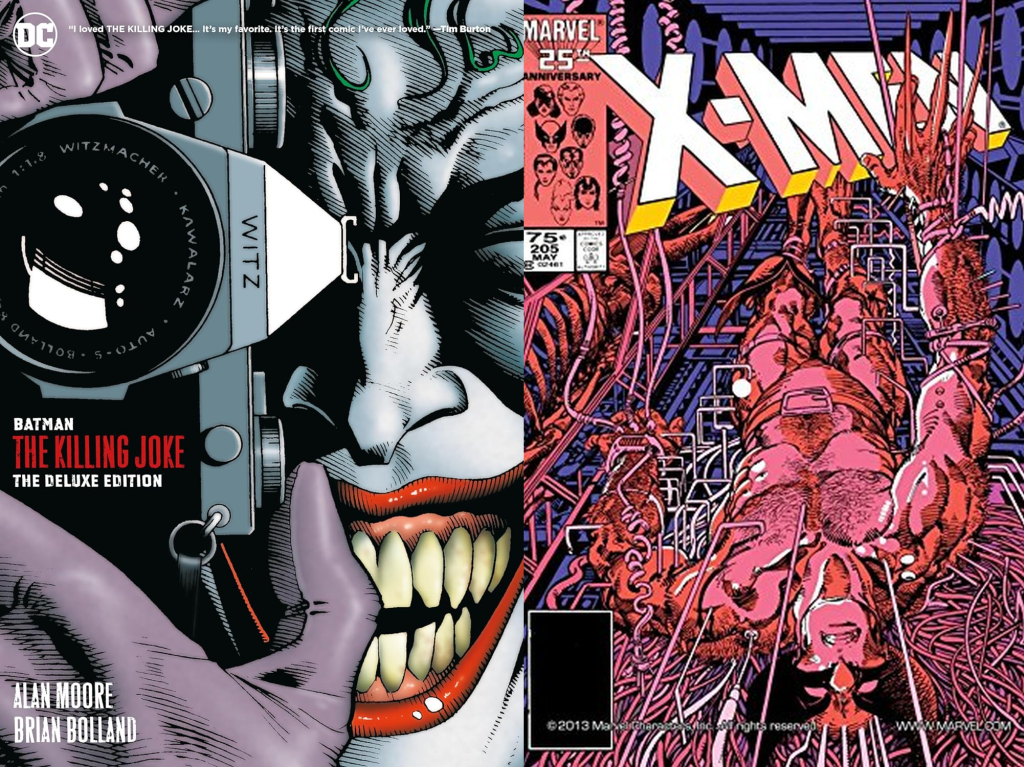Shroud The Edition# 1 Review: Is It Worth Your Attention? If you’re a fan of comics or graphic novels, we recently checked out Shroud, The, Edition #1 and found it engaging. This edition offers a unique storyline and interesting characters that kept us turning the pages. The artwork is vibrant, which adds to the overall experience of diving into this universe.
While we appreciated the plot and artistic style, we noticed that some elements could have been developed further. Still, for anyone looking to explore Marvel’s lineup, this edition is a solid choice that brings something new to the table.











